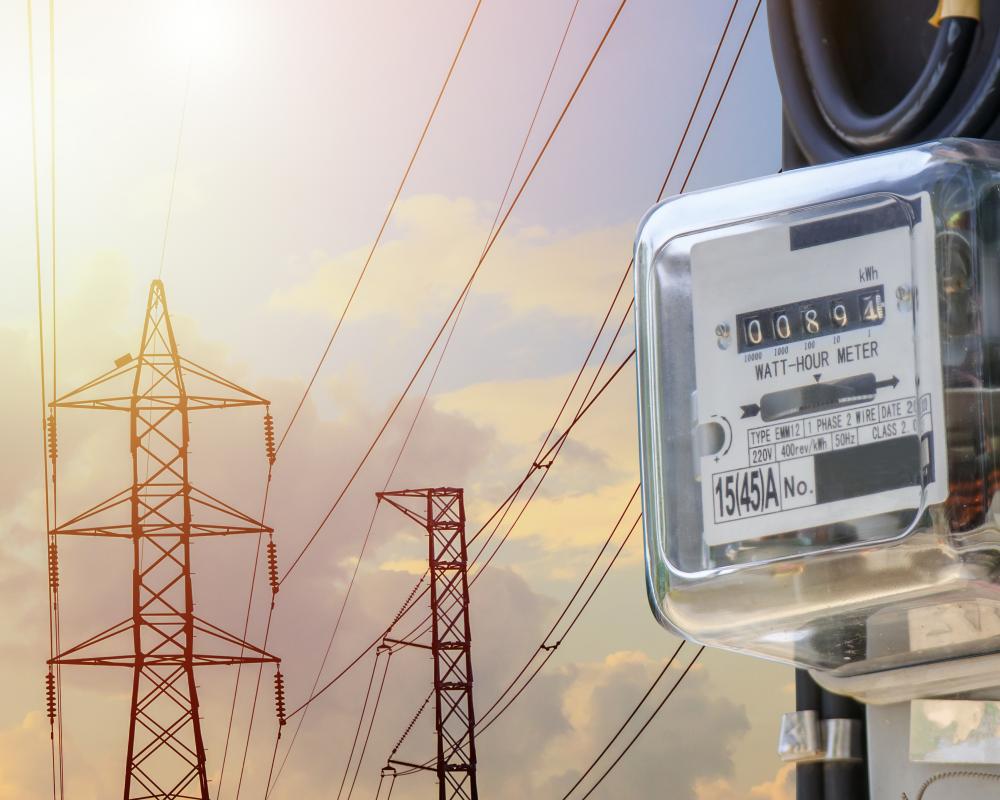Australia's Battery Boom Surpasses Expectations with Government Incentives

A Surge in Home Battery Installations
A federal government initiative offering a 30% subsidy on home batteries has led to an “off the charts” increase in installations, with over 11,500 applications submitted within the first three weeks of the program. Industry experts compare this surge to the rise in rooftop solar adoption 15 years ago, suggesting it marks a second revolution in home electricity use.
According to data shared by the Clean Energy Regulator (CER), more than 11,536 batteries have been installed since the $2.3 billion Cheaper Home Batteries program began on July 1. On some days, over 1,000 batteries were being installed. This rapid growth has caught the attention of industry leaders who believe the program is unlocking significant interest in energy storage solutions.
Warwick Johnston, managing director of SunWiz, noted that on certain days, more battery systems were registered than standalone solar systems—an unprecedented development in Australia. He pointed out that prior to the program, there were approximately 75,000 battery installations compared to 300,000 solar PV systems. The shift from one in six to one for one highlights the program’s impact.
Regional Distribution and Additional Benefits
The CER data also revealed that about 40% of the installations occurred in New South Wales, followed by 20% in Queensland, 17% in South Australia, and 12% in Victoria. Residents in New South Wales can further benefit from a state-based scheme that offers hundreds of dollars off a battery if it is connected to a virtual power plant provider. These providers aggregate available power to stabilize the electricity system.
Johnston mentioned that the average size of batteries under the program is 17 kilowatt hours, significantly larger than the typical 10-12 kWh seen previously. Eligible batteries range between 5 kWh and 100 kWh, but the program only covers up to the first 50 kWh.
Luke Menzel, CEO of the Energy Efficiency Council, described the interest in the battery program as “off the charts,” emphasizing how households are eager for solutions to manage their energy costs.
Rising Demand and Market Impact
In recent months, companies have been allowed to sell and install batteries under the scheme, provided they were not activated before July 1. Andre Scott, director at solar and battery installer 1KOMMA5, reported a 76% increase in solar and battery sales during May and June compared to the same period in 2024. Battery-only purchases saw a 459% rise, with demand reaching unprecedented levels.
Scott attributed the surge in battery-only installations to homeowners with existing solar systems looking to enhance their energy independence. Typical prices for batteries range from $1,000 to $1,200 per kWh before discounts. Most installations are designed to provide backup power during outages.
Tristan Edis, director of analysis and advisory at Green Energy Markets, called the demand for batteries “nuts.” He estimated that maintaining the current installation rate could lead to 10,000MW of battery capacity within five years—nearly half the capacity of coal plants in Australia. This shift could reduce reliance on gas turbines and lower peak-time electricity costs.
A Second Revolution in Energy
Johnston likened the current interest in home batteries to the early stages of the solar boom between 2008 and 2010. He noted that people had long awaited affordable battery solutions, and the program has made them financially viable. Since the solar boom, the compensation for feeding electricity back into the grid has dropped significantly.
Con Hristodoulidis, general manager of distributed energy at the Clean Energy Council, said it took four years to reach 185,000 installed batteries, but the number could exceed 300,000 by year-end. He sees this as the second wave of a broader energy revolution, following the initial push for solar independence.
Menzel highlighted Australia's leadership in rooftop solar adoption, with over 4 million systems now installed. He believes the current enthusiasm for home batteries reflects a similar trend, driven by supportive policies and technological advancements.
However, he warned that the $2.3 billion allocated for the program may not last through 2030, given the high demand. The discount value per kWh will decrease annually as battery prices are expected to drop. Federal energy minister Chris Bowen stated that over 10,000 people have already claimed benefits from the program, helping cut power bills by up to 90%.